Guidelines have been set for how Bay of Plenty Regional Council will sell some of its Port of Tauranga shares.
Last year the council agreed to a managed sell-down of its 54.14% shareholding in the port to a minimum of 28% through its long-term plan process.
At a Thursday meeting, councillors set parameters for how its commercial arm, Quayside Holdings, could sell the shares.
Council chairman Doug Leeder said the sell-down was a “substantive matter” for the council and community.
The council had its shareholding since 1989 and the issue of managing financial risk by selling shares had been raised before but councils of the time chose not to, he said.
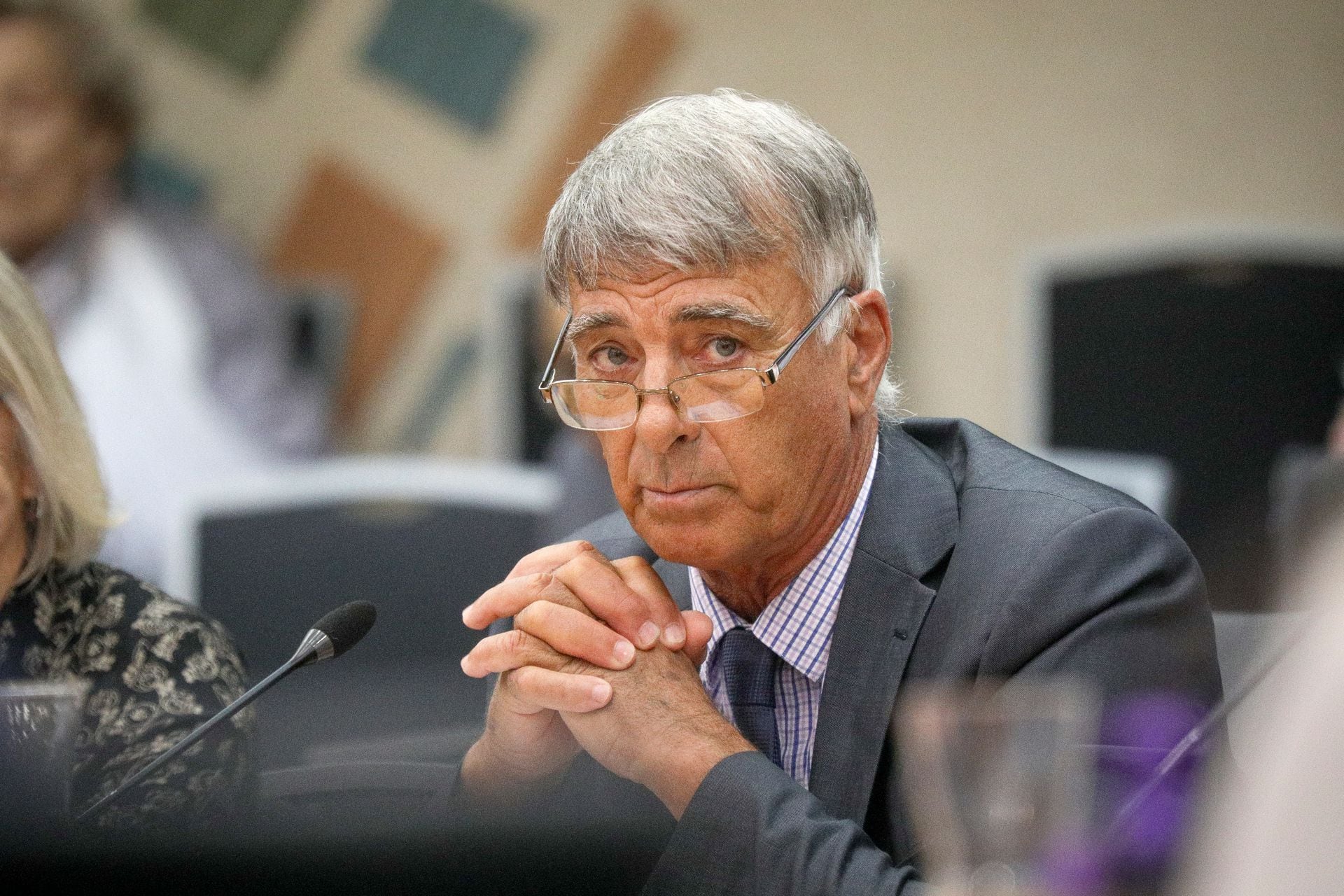
Bay of Plenty Regional Council chair Doug Leeder. Photo / Andrew Warner
One reason for the sell-down would be to minimise the risk of holding a portfolio of assets in one entity, Leeder said.
NZME reported last year a Quayside review of its operation in 2023 concluded having 80% or $2.1 billion of the total value of its commercial assets tied up in port shares was not best practice for an intergenerational investment fund.
“The objective here ultimately is to create an endowment fund for the ratepayers in the community of the wider Bay of Plenty,” Leeder told the meeting.
The dividend the council receives from Quayside subsidises regional council rates.
Councillor Ron Scott said feedback from consultation in 2024 showed “reasonably split feedback” and the comments made by submitters helped form the parameters the council set for Quayside Holdings.
One of the parameters was to provide mana whenua the first opportunity to purchase the shares.
Mana whenua ownership would likely be long-term and reduce the risk of overseas ownership or control, according to corporate general manager Mat Taylor’s report to the council.
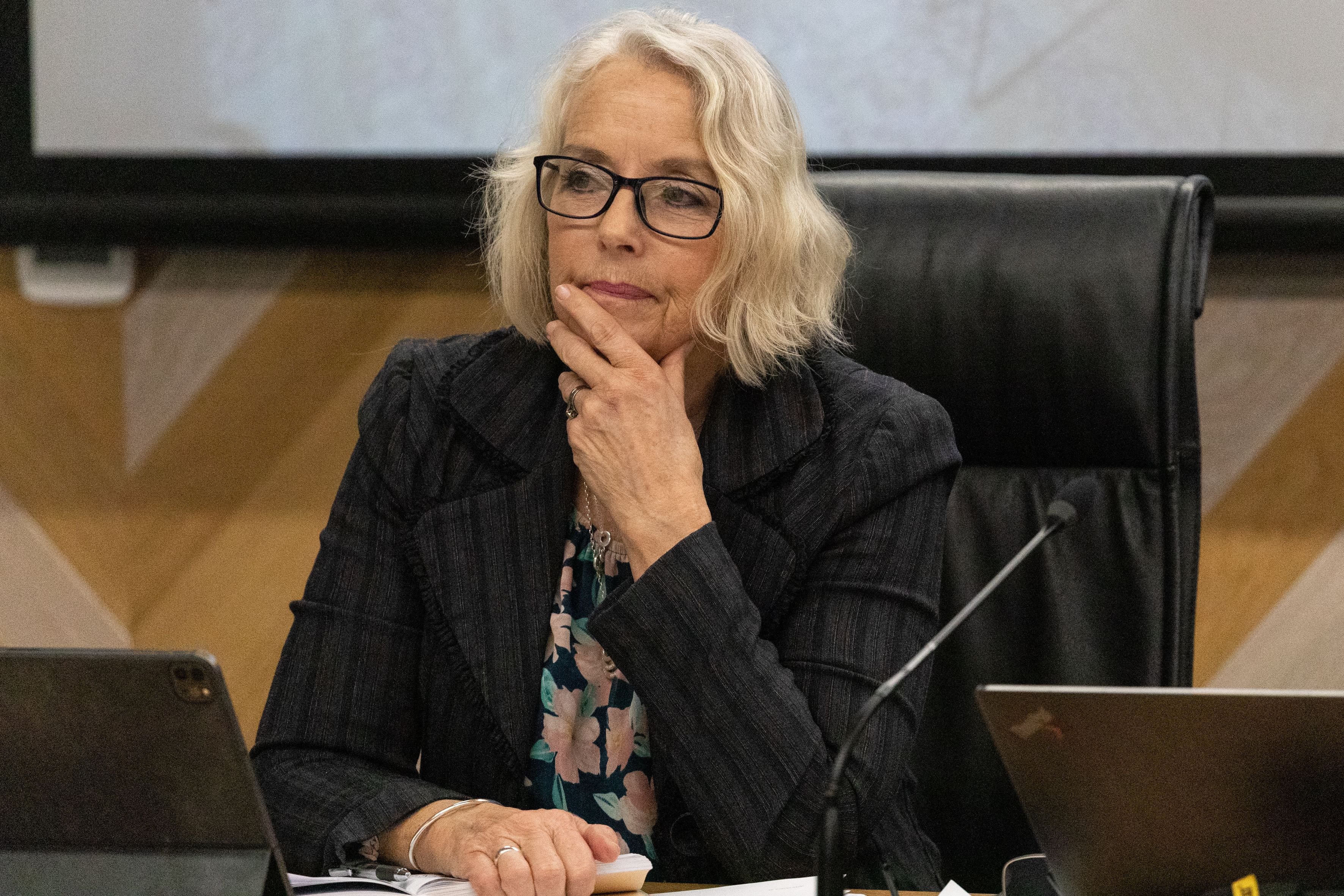
Bay of Plenty Regional councillor Jane Nees Photo / Alex Cairns
Councillor Jane Nees said other parties might also be given initial opportunities as well.
Nee was part of the consultation process with mana whenua.
“This initial opportunity is for mana whenua’s extreme interest in their rohe to be taken into consideration to give them the opportunity to also engage in discussions over the purchase of shares.”
Port of Tauranga also had operations in Timaru, Northland, Waikato and to “some extent” Auckland, she said.
“We have to recognise that there will be other tangata whenua or mana whenua who will have an interest in the operation of the Port of Tauranga.”
Conversations with Tauranga Moana mana whenua showed they had a “prime position to coordinate the interests of other tangata whenua and mana whenua around the country” which would enable them to scale, Nees said.
“They are very excited and enthusiastic about the opportunity.”
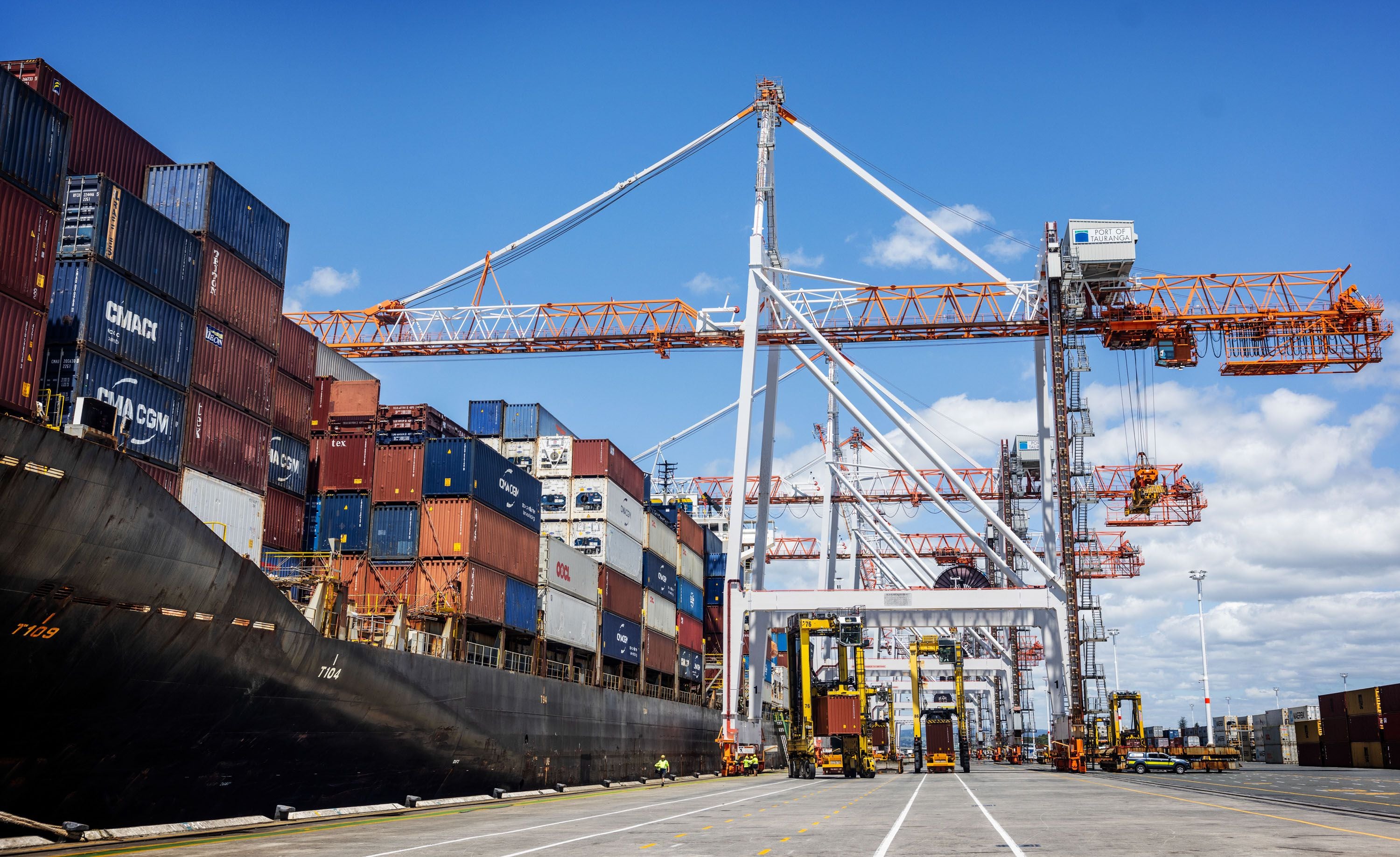
Bay of Plenty Regional Council set parameters to ensure the Port of Tauranga continued to support the economy. Photo / Mike Scott
Other parameters of the sell-down included optimising value to provide higher dividends to the regional council, timing any sales with economic conditions, and being strategic in terms of control and diversification.
Another was to ensure the Port of Tauranga continued to support the economy by minimising the risk of control passing beyond its preferred Australasia/Pacific region.
Councillor Ken Shirely said he “had difficulty” with the reference to the Australasia/Pacific region.
This was because the Pacific included Russia, China, Canada, Japan, Philippines, and the West Coast of North and South America, he said.
Shirely said he understood the message the council was trying to convey but the wording was “rather strange”.
Leeder said the intent was to recognise public feedback about ownership, but the practicalities of the sale would rest with Quayside.
The reference to Australasia/Pacific region was an accommodation within the parameters if Quayside found them too difficult, but they would be required to report back to the council if this was the case.
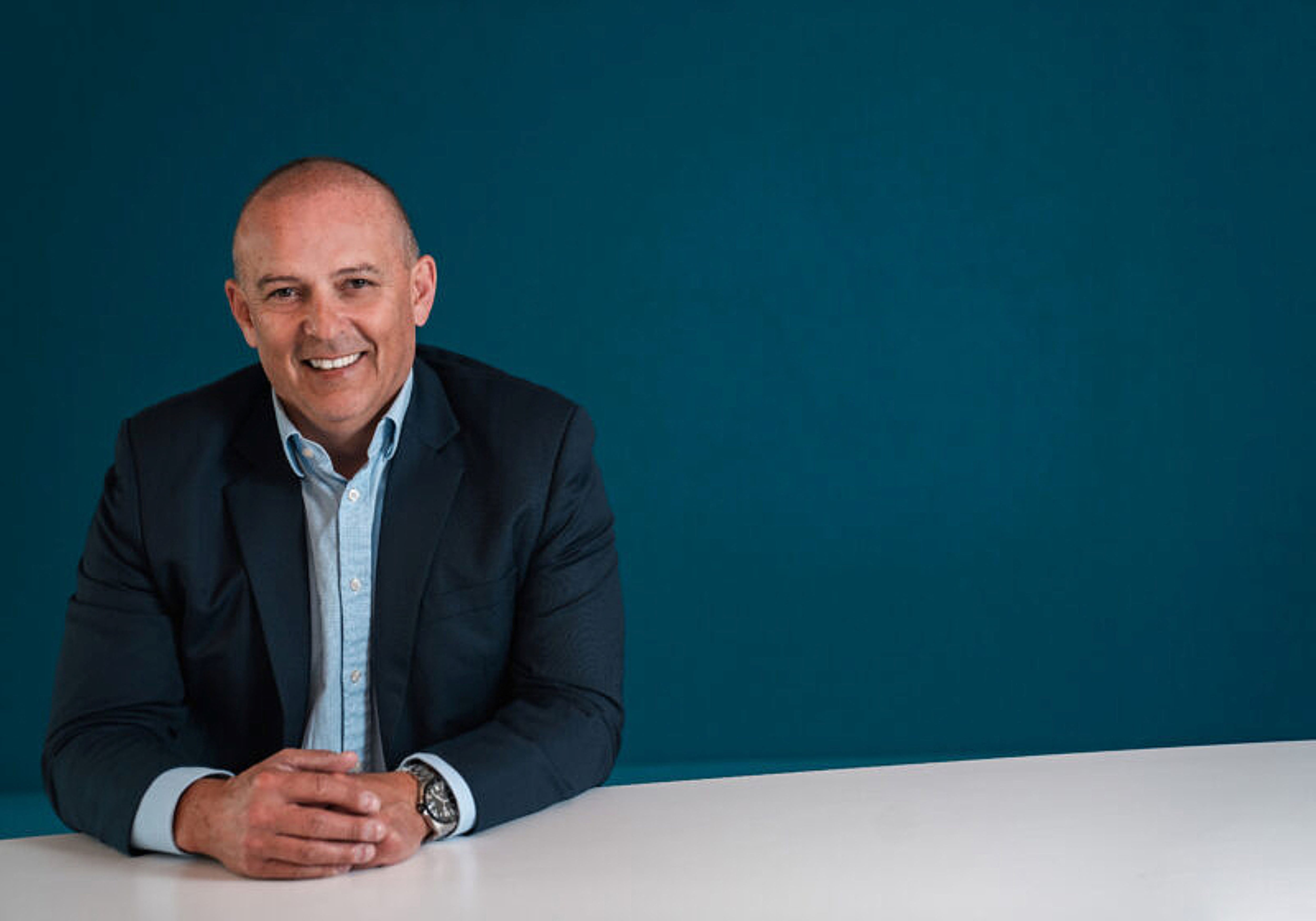
Quayside chief executive Lyndon Settle. Photo / Supplied
Ine a post-meeting statement, Quayside chief executive Lyndon Settle said no decision had been made to sell any shares and there was no timeframe for the sale.
“The port is an important regional asset and if shares are sold, we will continue to be a cornerstone shareholder, focused on value creation and ensuring the port continues to play a positive role in the Bay of Plenty.”
Quayside would only sell shares if the conditions were right to get the best outcome for the region and meet the parameters set by the council, he said.
The ability to sell shares allowed Quayside to diversify its portfolio, reduce risk and generate resilient returns for the council, Settle said.
Quayside would consider its options and take professional advice on how to deliver the council’s mandate.
Quayside investments have grown from $53m to $3.5 billion over 34 years, with non-port investments growing from $15m to $580m.
Last year, Quayside paid a $45m dividend to the Bay of Plenty, which the council used to reduce general rates by an average of $380 per household.
LDR is local body journalism co-funded by RNZ and NZ On Air.


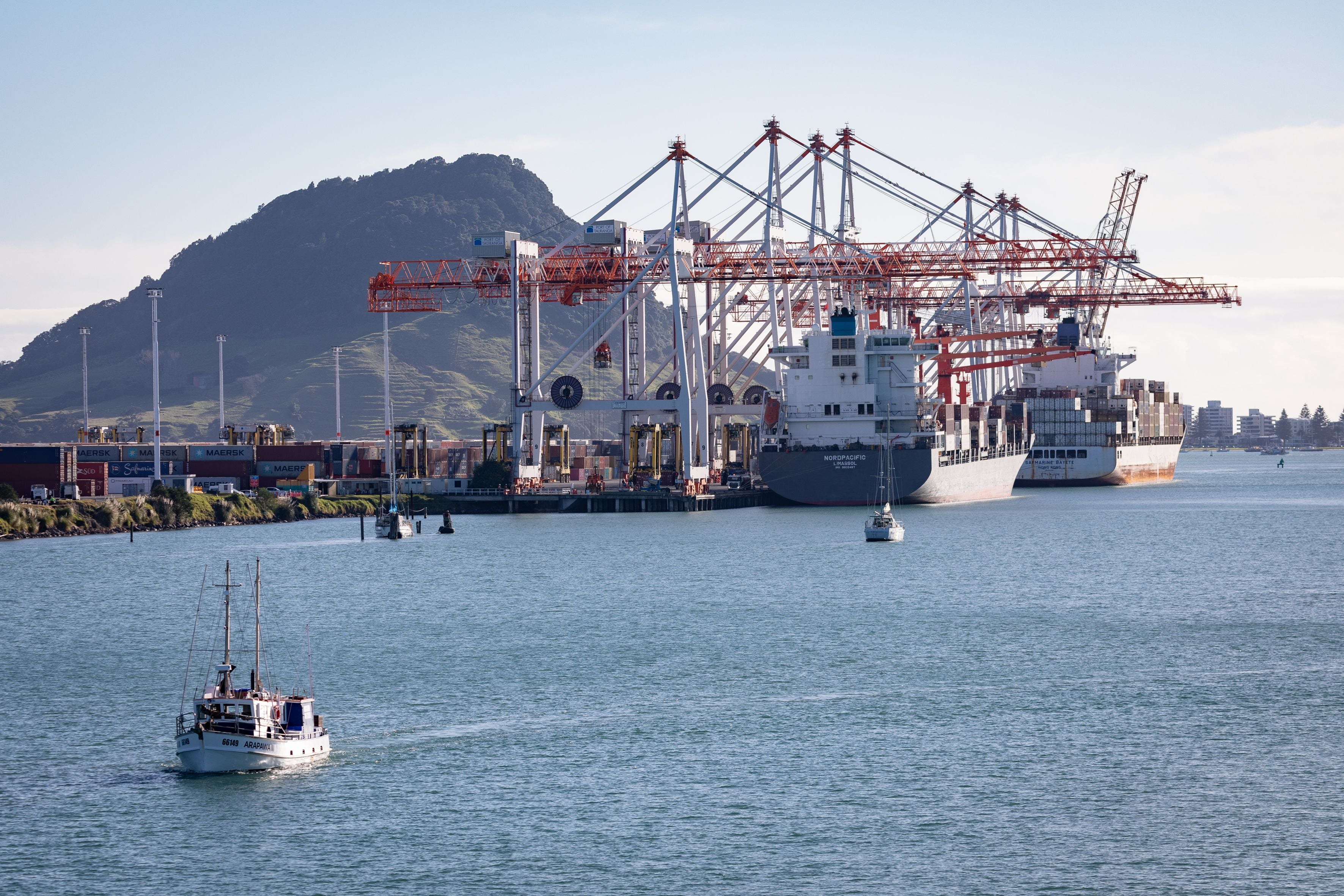

5 comments
$380 per household?
Posted on 14-02-2025 12:36 | By morepork
How come I only saw my rates increase?
We shouldn't be selling the "jewels in the crown" until we are very sure that we have a Council capable of recognizing what is important. A Council that will take the future seriously and prioritize essential things (like water supply...) over "nice-to-have-for-some" museums. A Council that will listen to the results of referenda and implement what people want, not just what looks good on a CV.
Eventually we are going to need a desalination plant to cover the 60,000,000 litres (and increasing...) of water per day that we use. It will never be cheaper to build such a plant than NOW. (Around $90 million covers us for 300 years, but we decide instead to spend $300 million on a development that could be done with $200 million, and will be an ongoing cost centre.)
This seems to….
Posted on 14-02-2025 14:06 | By Shadow1
….be a cunning plan to increase our Regional Council rates again. They took control of collecting our rates payments ostensibly to “save money”, then pretty well doubled the demand. Now, of course, they will sell Port shares for a huge profit, spend the money on something we don’t need, and reduce their income by whatever amount the share dividend is. The next step in the saga is to raise rates again.
Has the Minister for Local Government any input into this?
Shadow1.
Far Too High
Posted on 14-02-2025 14:13 | By FRANKS
What do the ratepayers get for their money now?
Not a lot and we are told the rates are subsidised so is there a guarantee about rate rises in the future ?
Whoever is able to buy shares should pay the maximum price to ensure the ratepayers are not penalised in the future.
Dividend
Posted on 14-02-2025 15:14 | By Cynical Me
45 million dividend on 3.5 billion.HMM
0.129%
Past time to pass those on.
what do you mean?
Posted on 15-02-2025 09:01 | By an_alias
Sell it to Maori will keep it in NZ ?
Do you have any examples of that ?
Why would they keep them and not sell them like the did the fishing rights ?
That is your direct example, is it not ?
Leave a Comment
You must be logged in to make a comment.